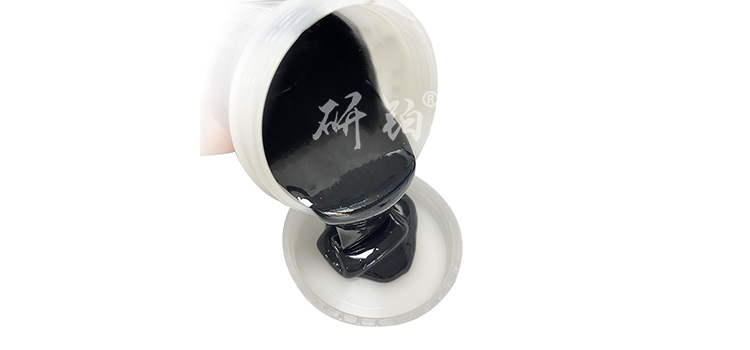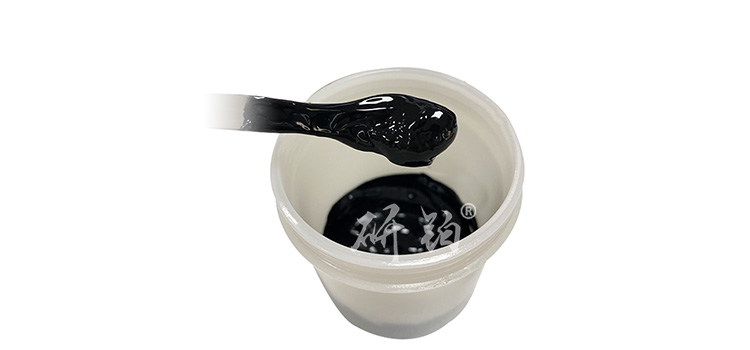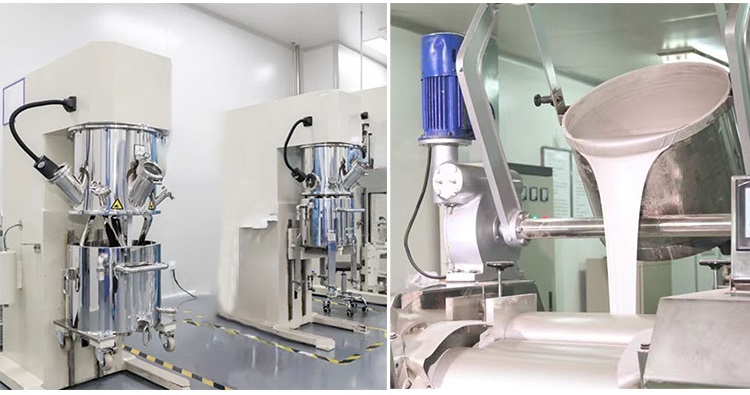Carbon film resistor paste is a specialized paste used for manufacturing carbon film resistors. It is formed by coating and curing an insulating substrate (such as a ceramic tube, ceramic or glass fiber rod) to form a carbon film layer with a certain resistance value. Carbon film resistors are widely used in various electronic devices, such as circuit boards, power modules, control systems, etc.

Product characteristics
- High resistance stability:
- Carbon powder: High purity carbon powder is used as the main conductive filler to ensure stable resistance value.
- Resin matrix: The resin matrix has good adhesion and temperature resistance, which makes the carbon film resistor have a stable resistance value.
- Excellent temperature coefficient:
- Temperature stability: The carbon film layer formed by the carbon film resistor paste has good temperature stability, and its temperature coefficient is usually low, ensuring that the resistance value changes very little at different temperatures.
- Good durability and reliability:
- High temperature resistance: able to operate within a wide temperature range and withstand high temperature environments.
- Moisture resistance: It has good waterproof and moisture-proof properties, ensuring stable resistance values even in humid environments.
- Good processability:
- Uniform coating: The slurry has good fluidity and thixotropy, making it easy to evenly coat on the substrate.
- Curing conditions: Room temperature curing or heating curing can be selected as needed, and specific conditions should be operated according to the product manual.
- Cost effectiveness:
- Economy: Compared to other conductive pastes, carbon film resistor paste has lower cost and higher cost-effectiveness.
Production process
- Raw material preparation: Accurately weigh carbon powder and resinMix the matrix, solvent, and other additives in a certain proportion.
- Mixing and Stirring: Use a high-speed mixerMix the raw materials evenly to ensure that each component is fully dispersed.
- Filtration purification: removing slurry through fine filtrationEnsure the purity of the slurry by removing impurities and particles from it.
- Coating: Apply the slurry evenly onto the insulating substrate, which can be done through spraying, immersion coating, screen printing, and other methods.
- Curing: Operate according to the curing conditions in the product manual to ensure that the slurry is completely cured and forms a stable carbon film layer.

application area
- Electronic devices:
- Circuit board: used to manufacture carbon film resistors in various circuit boards to ensure circuit stability.
- Power module: used for resistors in the power module to regulate voltage and current.
- Control system: Used as a resistor for various control systems to ensure stable signal transmission.
- Automotive Electronics:
- Sensor: Used as a resistor in automotive sensors to monitor signals such as temperature and pressure.
- Control circuit: Used for resistors in automotive control circuits, regulating signals and currents.
- Communication equipment:
- Signal processing: Used for resistors in signal processing circuits in communication devices to ensure stable signal transmission.
- Household Electric Appliances:
- Household appliance control: Used for controlling resistors in the control circuit of household appliances, regulating voltage and current.
workshop show










